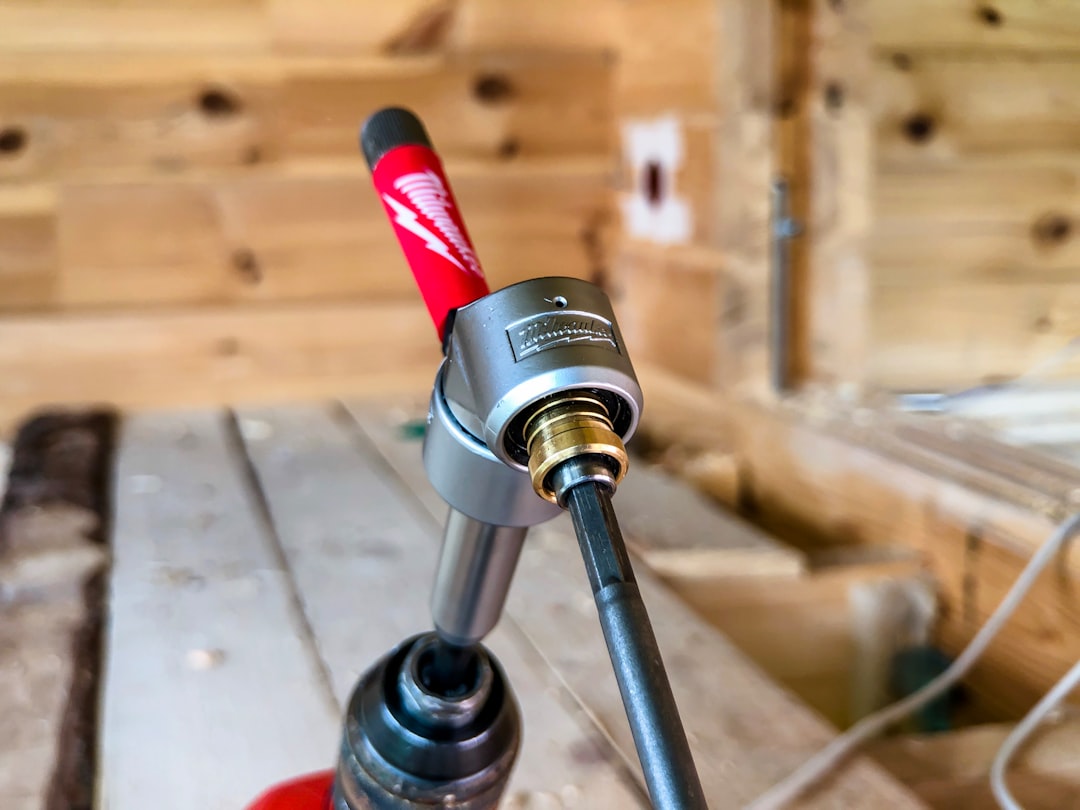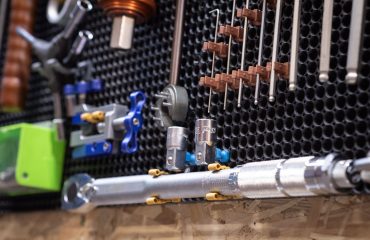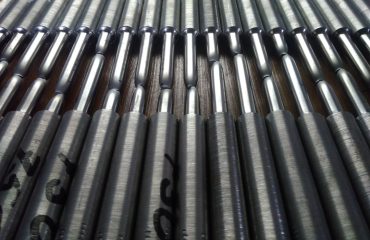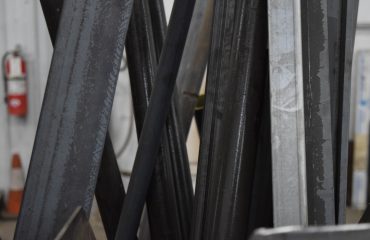Pipe bending and straightening are crucial processes in numerous industries, from construction and manufacturing to oil and gas. The ability to manipulate pipes accurately and efficiently is essential for creating functional and aesthetically pleasing structures. This comprehensive guide will explore various methods, equipment, and considerations for achieving precise bends and straightening damaged or misaligned pipes.
1. Understanding Pipe Bending Techniques: A Variety of Approaches
Several techniques exist for bending pipes, each suited to different pipe materials, diameters, and desired bend radii. The choice of method depends on factors like material ductility, required accuracy, and production volume.
- Manual Bending: This method uses hand tools like pipe benders and is suitable for smaller diameter, relatively soft pipes. It’s cost-effective for small-scale projects but labor-intensive and less precise for complex bends.
- Hydraulic Bending: Hydraulic pipe benders utilize hydraulic pressure to create precise bends in various pipe materials and diameters. They offer greater control and accuracy compared to manual methods and are suitable for medium to large-scale projects.
- Roll Bending: This technique uses three rollers to gradually bend the pipe into the desired shape. It’s ideal for bending large-diameter pipes and creating complex curves. Roll bending is often used in the manufacturing of large-diameter piping systems.
- Press Bending: Press bending employs a clamping mechanism and a forming die to bend the pipe. This method is highly accurate and suitable for various pipe materials and complex shapes. It’s commonly used in high-precision applications.
- Induction Bending: Induction bending uses localized heating to soften the pipe material before bending. This allows for tighter bends and reduces the risk of material damage. It’s particularly effective with thicker-walled pipes.
2. Pipe Straightening Methods: Rectifying Imperfections
Straightening bent or damaged pipes is crucial for maintaining structural integrity and ensuring proper functionality. Several methods can effectively rectify imperfections, each with its own advantages and limitations.
- Mechanical Straightening: This involves using straightening machines or presses to apply controlled forces to the bent pipe, gradually aligning it. These machines are often equipped with rollers or dies to ensure even pressure distribution.
- Thermal Straightening: This method uses heat to relieve stress and straighten the pipe. It’s particularly effective for pipes with minor bends or those made from materials that are susceptible to cold working.
- Hydraulic Straightening: Similar to hydraulic bending, hydraulic straightening uses hydraulic pressure to gently correct the pipe’s alignment. This method is less likely to cause damage to the pipe compared to more forceful mechanical methods.
- Manual Straightening (for minor imperfections): For very minor bends, manual straightening may be possible using hand tools like hammers and clamps. However, this method requires skill and caution to avoid causing further damage.
3. Choosing the Right Equipment: Considerations for Different Applications
Selecting the appropriate equipment for pipe bending and straightening is crucial for efficiency and accuracy. Several factors need to be considered:
- Pipe Material: Different materials (steel, copper, aluminum, etc.) have varying degrees of ductility and require different bending techniques and equipment.
- Pipe Diameter and Wall Thickness: Larger diameter and thicker-walled pipes require more robust equipment capable of handling higher forces.
- Bend Radius: The desired bend radius influences the choice of bending method and equipment. Tighter bends require more specialized techniques.
- Production Volume: For high-volume production, automated equipment like hydraulic or roll benders is more efficient than manual methods.
- Budget and Space Constraints: The cost and size of the equipment must be considered in relation to available budget and workspace.
4. Safety Precautions: Ensuring a Safe Working Environment
Pipe bending and straightening can be hazardous if proper safety precautions are not followed. Safety measures should always be prioritized:
- Personal Protective Equipment (PPE): Always wear appropriate PPE, including safety glasses, gloves, and hearing protection.
- Proper Machine Operation: Ensure that all equipment is properly maintained and operated according to manufacturer instructions.
- Safe Work Practices: Follow established safety procedures and avoid working alone.
- Emergency Procedures: Be familiar with emergency procedures and have appropriate safety equipment readily available.
- Regular Inspections: Regularly inspect equipment for wear and tear and address any potential hazards promptly.
5. Material Considerations: Optimizing for Durability and Performance
The material of the pipe significantly impacts the bending and straightening process. Understanding material properties is crucial for successful manipulation:
- Steel Pipes: Steel pipes are strong and durable but can be challenging to bend, especially at tight radii. Methods like induction bending are often used to minimize stress and cracking.
- Copper Pipes: Copper pipes are relatively ductile and easier to bend than steel. However, they are susceptible to work hardening, so careful bending techniques are necessary.
- Aluminum Pipes: Aluminum pipes are lightweight and easily bendable but can be prone to wrinkling or collapsing if not handled correctly.
- Plastic Pipes: Plastic pipes can be bent using various methods, but excessive heat can damage them. Care must be taken to avoid cracking or deformation.
By understanding the various techniques, equipment, safety precautions, and material properties, you can master the art of pipe bending and straightening, ensuring efficient and safe operations in any industry.




